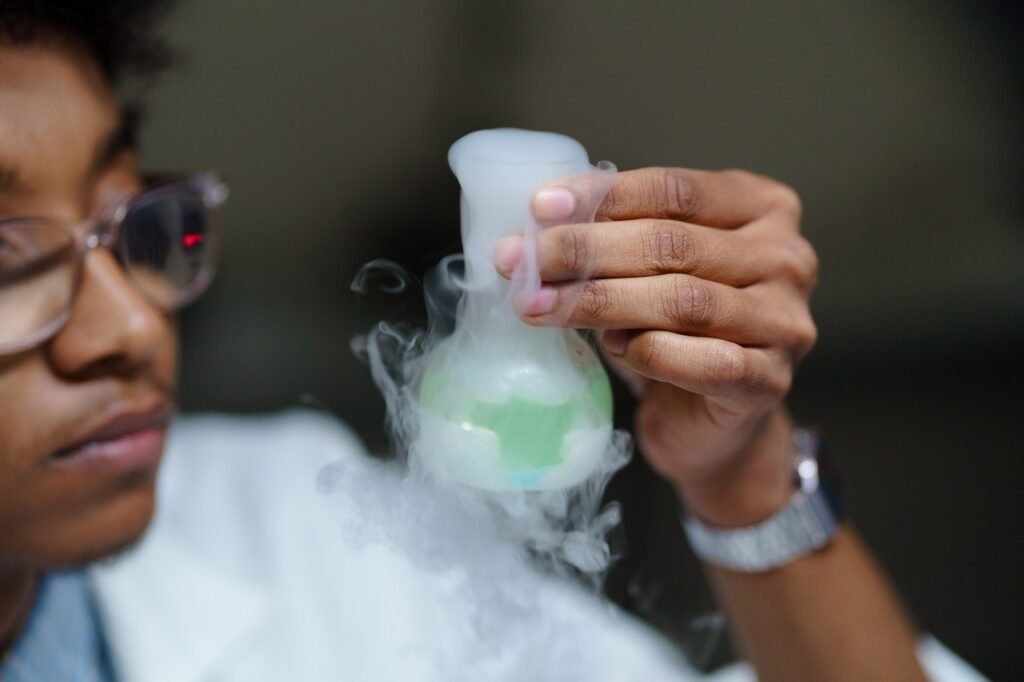In the labyrinth of beauty and cosmetics, one phenomenon stands as both a testament and a challenge: the pervasive trend of skin whitening.
Bleaching creams
Whitening creams, pills, drips
Lightening creams
Fading creams
Products aggressively marketed towards women of colour; you have to wonder why given reports on toxicity never mind the mental and emotional toll. And somehow, despite all the very obvious dangers, an innumerable number of articles are on the internet, advertising the ‘best whitening products’, ‘the highest hydroquinone concentration’, and ‘ways to whiten better’.
Type ‘whitening cream’ into Google and see what it auto-populates. We did. Here are a few endings that gripped us.
‘…that works fast.’ Because Lord knows you needed to be lighter yesterday!
‘…strongest.’ Why ease yourself in, when you can go for max strength toxins?
‘…for face, for lips, for private parts’. Lordt!
‘…permanent’. Anything worth doing, is worth doing once.
If you landed here looking for one of these other articles, do let us know in the comments. It means our SEO is working overtime.
Listen to our podcast episode: ‘She’s beautiful…for a dark girl’.
Understanding the Motivations: Once upon a time!
There is a long history and many complex elements that contribute towards people wanting to ‘whiten’ their skin. Attempting to capture all that in one article is impossible. The motivations driving the skin whitening trend are deeply rooted in our societal constructs. Media portrayal, cultural biases, narrow beauty ideals, and strong echoes historical legacies interplay to construct an allure associated with lighter skin. The narrative often ties fair complexions to success and attractiveness.
Uncovering the Health Risks: All Magic Comes with a Price!
Here are some health risks associated with skin whitening. There are probably more but stopping at 10 seems suitable to our preferred blog length.
- Skin Sensitivity: Whitening products often contain harsh chemicals that can make your skin more sensitive, leading to irritation, redness, and even allergic reactions.
- Increased UV Vulnerability: Some whitening ingredients, like hydroquinone, can reduce your skin’s natural protection against the sun’s harmful UV rays, increasing the risk of sunburn and long-term damage. We know that hydroquinone can be prescribed by licensed dermatologists. Most of the use is outside of this category.
- Hyperpigmentation: Paradoxically, overuse of skin whitening products can lead to an opposite effect, causing uneven pigmentation, dark spots, and patches on the skin.
- Skin Thinning: Prolonged use of certain whitening agents may lead to a thinning of the skin’s outer layer, making it more prone to damage and aging. Even worse is when you must undergo surgery that involves injury to the skin.
- Mercury Poisoning: Some illicit skin whitening products contain mercury, which can be absorbed through the skin and cause serious health issues, including kidney and nervous system damage. It can also be passed from mother to baby.
- Carcinogenic Risks: Long-term use of skin whitening products with certain chemicals has been linked to an increased risk of skin cancer due to the disruption of the skin’s natural defences.
- Psychological Impact: The pursuit of lighter skin can lead to psychological stress and low self-esteem, impacting mental well-being and overall quality of life. No-brainer!
- Dependency: Some skin whitening products can lead to dependency, where discontinuing their use results in skin darkening, further perpetuating the cycle.
- Disruption of Natural Processes: Skin whitening products often interfere with the skin’s natural processes, disrupting melanin production and the skin’s ability to adapt to environmental changes.
- Unregulated Products: The lack of regulation in some markets can result in the availability of counterfeit or unverified skin whitening products, exposing users to unknown and potentially harmful ingredients.
Underwhelmed by regulation: There are no fairy godmothers here!
We have several hypotheses here about why regulations are not clamping down on the mercury, illicit hydroquinone, corticosteroids in skincare. After all, they seem to do a very good job when it comes to other products. The significant shortcomings in regulation within this domain can be attributed to a confluence of factors, including profit motives, lack of enforcement, market demand, cultural nuances, continuously changing formulations, improved loophole exploitation tactics, and globalization.
However, it’s important to recognize that regulation alone cannot solve the entire puzzle. Delving deeper, the crux of the matter demands attention. The pervasive belief among a significant portion of women (predominantly women) worldwide, that this practice is a necessity underscores the true epidemic that needs our collective focus.







You must be logged in to post a comment.